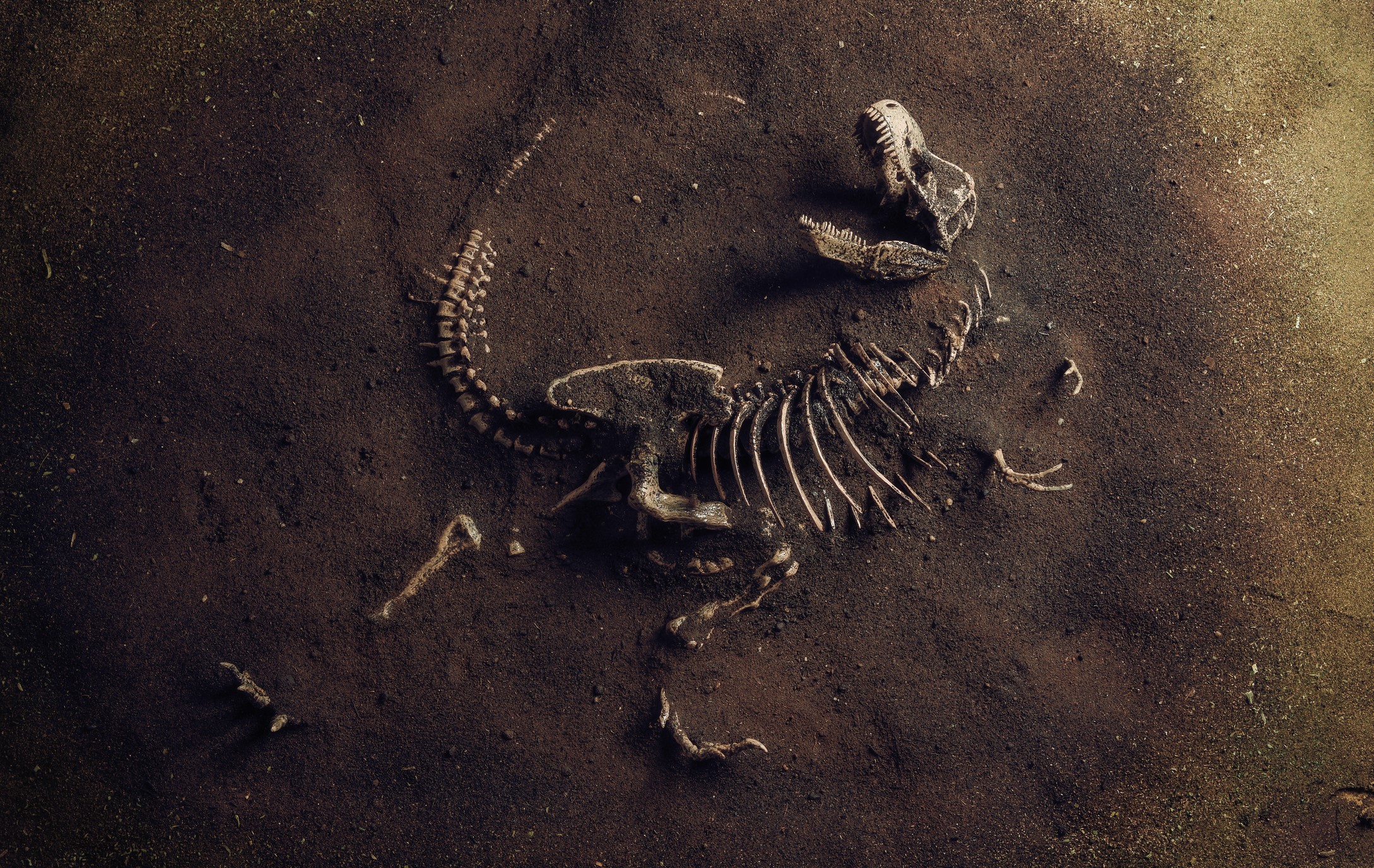For over 170 million years dinosaurs dominated the land, from small creatures just a few feet long to some of the largest animals ever to have walked Earth
But despite their long evolutionary history, the origin of dinosaurs remains hidden in mystery.
Dating to around 230 million years ago, in the Late Triassic Period, the Ischigualasto Formation in Argentina contains an array of animal remains. It shows that the environment was dominated by early reptiles known as rhynchosaurs, as well as animals closely related to mammalian origins called cynodonts.
Dating to around 230 million years ago, Herrerasaurus is one of the oldest definitive dinosaurs
The earliest known dinosaurs appeared during the Triassic Period (approximately 250 to 200 million ago).
When were they discovered?
Scientists first began studying dinosaurs during the 1820s, when they discovered the bones of a large land reptile, they dubbed a Megalosaurus (“big lizard”) buried in the English countryside. In 1842, Sir Richard Owen, Britain’s leading paleontologist, first coined the term “dinosaur.”
Since then, dinosaur fossils have been found all over the world and studied by paleontologists to find out more about the many different types of these creatures that existed.
How did the dinosaurs go extinct?
There are several theories as to what may have contributed to the mass extinction of non-avian dinosaurs and other species at the end of the Cretaceous Period. It is certain that a massive asteroid or comet struck Earth during this time, causing a dramatic shift in Earth’s climate.
Some scientists speculate that this impact had catastrophic consequences for life on Earth. But other factors, including changing sea levels and large-scale volcanic activity, may also have played a significant role in this mass extinction.




Comment here